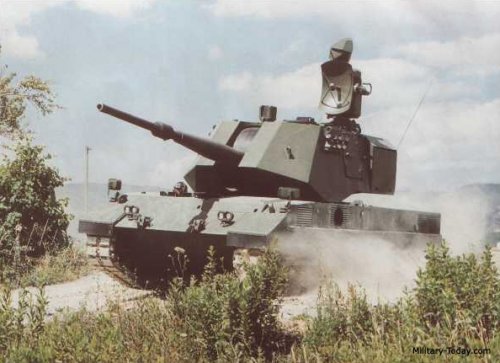
Concentrated brine is streamed down the outside of towers, absorbing water vapor. Īnother variation claims to be more environmentally friendly, by relying on passive solar energy and gravity.

Large versions, mounted on trailers, produce up to 1,200 US gallons (4,500 L) of water per day, at a ratio of up to 5 gallons of water per gallon of fuel. The brine absorbs water, which is then extracted and purified. Īnother wet desiccant is concentrated brine. Liquid desiccants include lithium chloride or lithium bromide. Desiccants may be liquid ("wet") or solid. Hygroscopic techniques pull water from the air via absorption or adsorption.

When powered by coal-based electricity it has one of the worst carbon footprints of any water source (exceeding reverse osmosis seawater desalination by three orders of magnitude) and it demands more than four times as much water up the supply chain than it delivers to the user. The relatively cold (below the dewpoint) evaporator coil condenses water vapor from the processed air.

In dehumidifying air conditioners, non-potable water is a by-product. Examples include the seawater greenhouse in Oman and the IBTS Greenhouse. A special case is water generation in greenhouses because the inside air is much hotter and more humid. Potable water generation can be enhanced in low humidity conditions by using an evaporative cooler with a brackish water supply to increase the humidity.
#OTOMATIC WATERS PORTABLE#
The solid-state semiconductors are convenient for portable units, but this is offset by low efficiency and high power consumption. In this application, the air is forced over the cooling fans on the side that cools which lowers the air temperature. The Peltier effect of semiconducting materials offer an alternative condensation system in which one side of the semi-conducting material heats while the other side cools. The cost-effectiveness of an AWG depends on the capacity of the machine, local humidity and temperature conditions, and power costs. As a rule of thumb, cooling condensation AWGs do not work efficiently when the ambient temperature falls below 18.3 ☌ (65 ☏) or the relative humidity drops below 30%. AWGs become more effective as relative humidity and air temperature increase. The rate of water production depends on the ambient temperature, humidity, the volume of air passing over the coil, and the machine's capacity to cool the coil. A purification/filtration system keeps the water pure and reduces the risk posed by ambient microorganisms. Once the air temperature reaches its dew point, water condenses into the collector. Cooling condensation Ĭondensing systems are the most common technology in use.Ī cooling condensation type AWG uses a compressor to circulate refrigerant through a condenser and then an evaporator coil that cools the surrounding air. Hybrid systems combine adsorption, refrigeration and condensation. Technologies Ĭooling-based systems are the most common, while hygroscopic systems are showing promise. In 2022, a cellulose/ konjac gum-based desiccant was demonstrated that produced 13 L/kg/day (1.56 US gal/lb/day) of water at 30% humidity, and 6 L/kg/day (0.72 US gal/lb/day) at 15% humidity.

In February 2021 General Electric was awarded 14 million dollars to continue development of their device. ĭARPA's Atmospheric Water Extraction program that aims to develop a device which can provide water for 150 soldiers and be carried by four people. Īir wells are one way to passively collect moisture from air.īrine extraction technology was contracted by the US Army and the US Navy from Terralab and the Federal Emergency Management Agency (FEMA). These traditional methods have usually been completely passive, employing no external energy source and relying on naturally occurring temperature variations. Historical records indicate the use of water-collecting fog fences. The Incas were able to sustain their culture above the rain line by collecting dew and channeling it to cisterns for later distribution. "Atrapanieblas" or fog collection in Alto Patache, Atacama Desert, Chile.


 0 kommentar(er)
0 kommentar(er)
